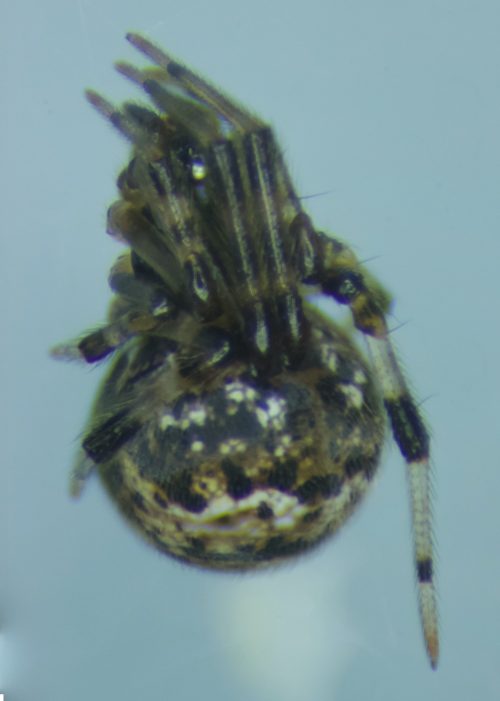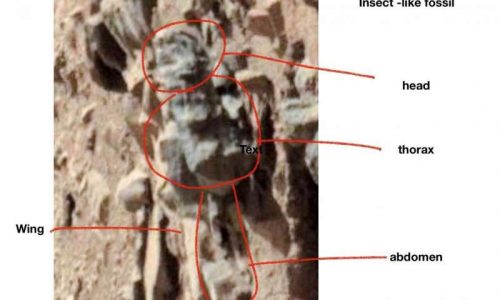Well, I, for one, do have tenure, and am free to pursue my goal of building an army of multi-legged venomous monsters and taking over the planet from my secret lair in an exotic location that no one would ever dream could be the center of an empire.
Livin’ the dream! Bwahahahahahahahaha!
Now I just have to solve the minor problem that my experimental subjects are so tiny.










